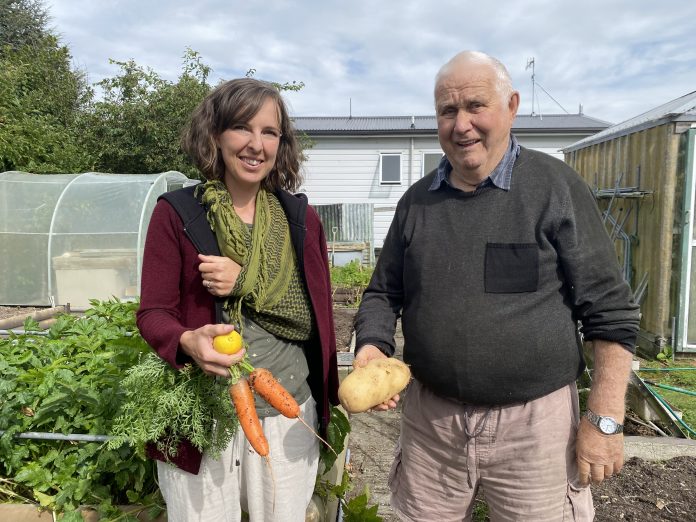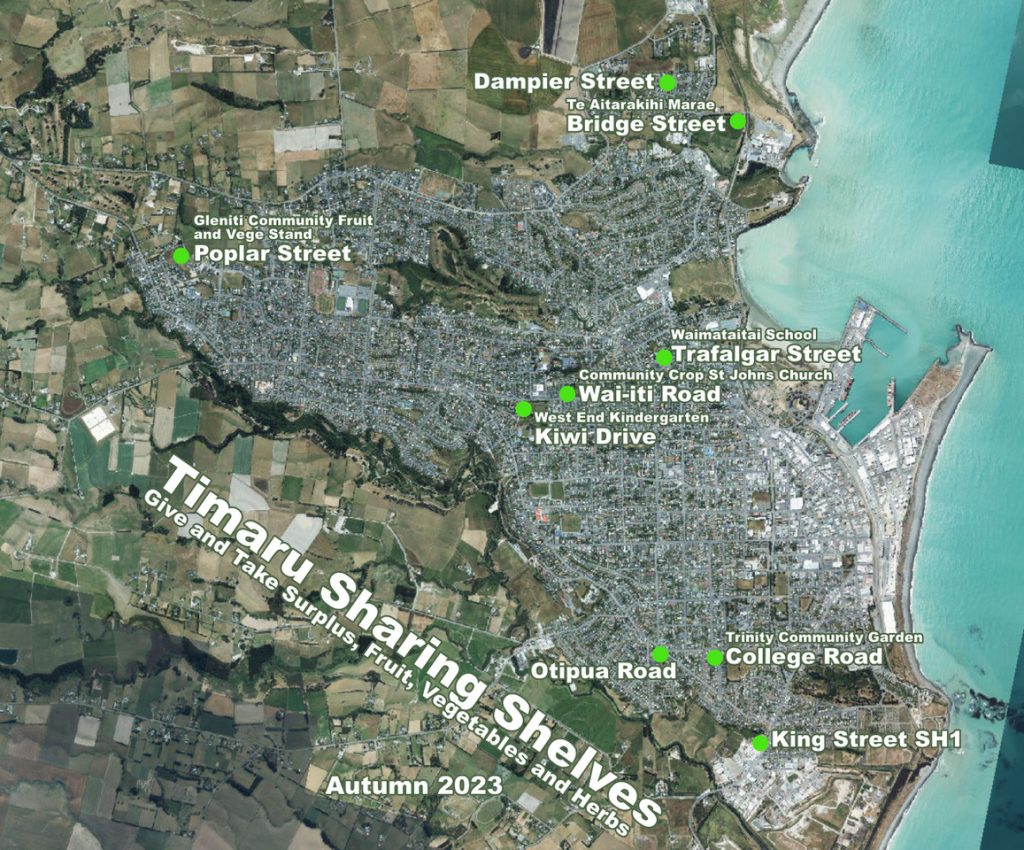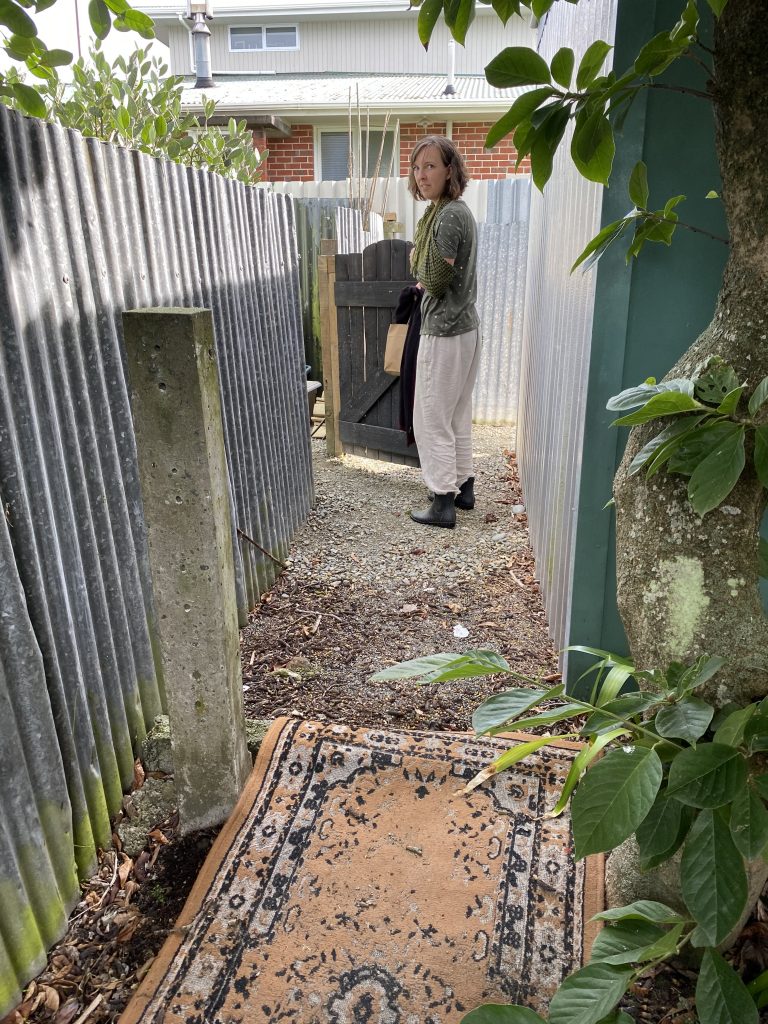
Inspired by her neighbourhood, which is interconnected by hidden garden gates allowing vegetable plots and fruit trees to be accessed, Kirsten Wilson wants to replicate the concept on a wider scale.
Mrs Wilson has mapped all of the sharing shelves in Timaru, hoping people will use the information and ‘‘swing by a sharing shelf before heading to the supermarket’’.
She said she had been inspired by seeing a customer leave the supermarket with just one bag of apples, ‘‘that was all they bought’’.
At home, she had more apples falling off her tree than she knew what to do with; the irony had not been lost on her.
As a qualified landscape architect, mapping the sharing shelves seemed the obvious thing to do, Mrs Wilson said.

While some people thought landscape architecture was simply about designing gardens, she said it was also about making outdoor spaces work for people on a bigger scale.
For example finding the perfect spot for a playground, or gauging how to enable more people to access and appreciate our natural wild areas such as an estuary, forest or beach.
‘‘The more time people spend in public places, the more often they will interact with friends acquaintances and strangers — creating community.’’
She felt it was community which enabled individuals to thrive.
‘‘So when natural disasters happen, the first people to dig us out are our neighbours.’’ When people felt lonely or depressed they could walk down the street to a local park or playground to lift their spirits.
‘‘Trees and friends can do this better than medication — there’s science to prove it. To build community we must have places for us to connect on common ground and gateways between gardens.’’
Kirsten Wilson has her arm in a sling, just another gardening accident.
‘‘I wasn’t even supposed to be gardening, I was just walking past’’.
She had decided at the last minute to pull out a tree.
‘‘When I busted my shoulder, I. . .[had] numerous people helping me with basic daily tasks because I am part of a community.’’
An inspirational part of her community was her next door neighbour Garth Hanrahan.
Despite being in his 80s, Mr Hanrahan had a prolific vegetable garden, growing vegetables he knew his neighbours would like. There is even a strawberry patch he maintains for Mrs Wilson’s children to enjoy — he does not eat them himself.
His only gripe was when his neighbours bought vegetables from the store they could have picked from his garden.
‘‘It drives me mad.’’

He has some people he drops vegetables off to, ‘‘just to get rid of the damn things’’.
His neighbours took his extra produce to sharing shelves.
A carpenter and joiner by trade, Mr Hanrahan said his vegetable garden was not uncommon in his younger years.
He could recall all of the splendid vegetable gardens that had dotted the neighbourhood.
He carried on growing vegetables to keep himself occupied.
At this time of year many people had surplus produce from their gardens to give away, Mrs Wilson said.
‘‘You can leave some on any of these local sharing shelves for others to help themselves to.’’
She heard some people could get upset about others taking ‘‘too much’’ from sharing shelves.
‘‘In fact a local sharing shelf discontinued recently because the owner became disheartened by the greed of some.’’
‘‘I would say its very unusual for someone to take more than they need just to let it rot in their vege drawer. Trust your community. Some families do need more than others. One day they will be able to pay it forward. Let them take as much as they want — especially the apples.’’




